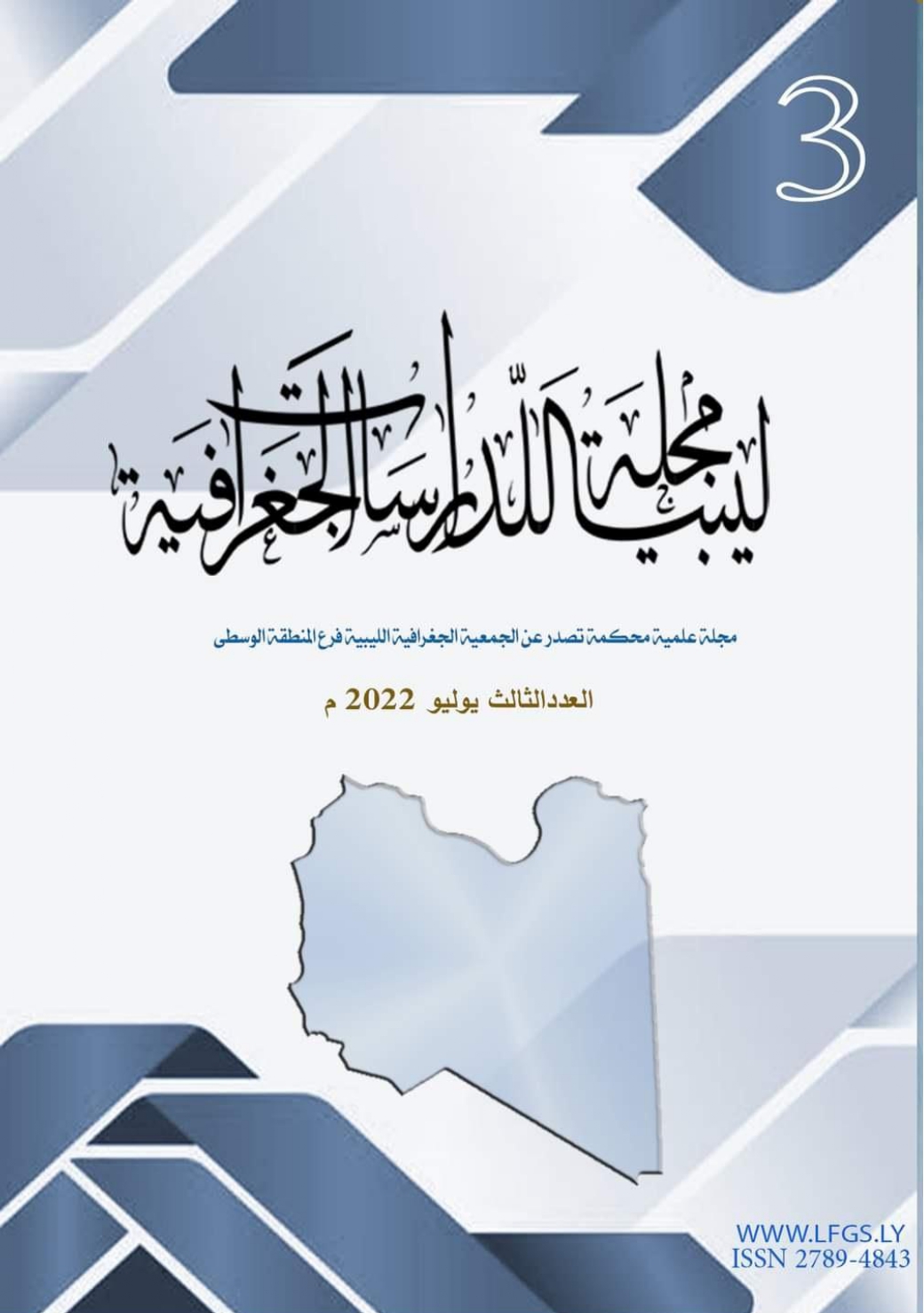Accuracy Assessment of The Classified Landsat TM Satellite Imagery Data for Aried and Semiarid Areas
DOI:
https://doi.org/10.37375/jlgs.vi3.1757Keywords:
Land use, Land cover, Maximum likelihood, Accuracy assessment, classificationAbstract
Depending on the availability of land cover and land use (LCLU) data and their importance in studying the impacting changes in environmental and climatic systems, and as these data provide opportunities to increase scientific research in the environmental field at the landscape level. Reports of accuracy for this data can be high and acceptable, but at the same time they are untrue and misleading. From this point of view, one of the first concerns of the remote sensing community has become to improve the quality of data and the methodology for extracting land cover information and land uses, in addition to the advantages provided by satellite methodologies, there are limitations that must be realistically measured to be made clear to users of this data so that they can make correct decisions about it and the possibility of its use. Accuracy assessment of these products is the procedure used to measure the quality of these products. Using remote sensing techniques to detect the changes during the period 1988 till 2000 using Landsat TM5 dates (1988, 1992, 1996, and 2000). Also using the different kind of maps which integrated with the remote sensing data to find the relationship between the changes in the land cover in the study area, west of Tripoli at Lon (12: 33:18 -13:21:47) and Lat (32:55:10 - 32:35:44). Supervisor classification carried out using Maximum likelihood method chosen to classify the images. High resolution data such as Quick Bird (2002) and Spot 5 (2000) have been used as reference to choose the training sets and to apply the accuracy assessment for the classification results. The accuracy assessment has been applied was between 67% and 76%, obtained by using the high-resolution data as reference.
References
- Boschetti, L., Flasse, S. P., & Brivio, P. A. (2004). Analysis of the conflict between omission and commission in low spatial resolution dichotomic thematic products: The Pareto Boundary. Remote Sensing of Environment, 91, 280−292.
- Campbell, J. B., 2006. Introduction to remote sensing, 4rd Ed. London: Taylor and Francis, New York.
- Cheng, K. S., Ling, J.Y., Lin, T. W., Liu, Y. T., Shen, Y. C., Kono, Y. A new thinking of LULC classification accuracy assessment. The International Archives of the Photogrammetry, Remote Sensing and Spatial Information Sciences, Volume XLII-2/W13, 2019.
- Congalton, R. G. (1991); A Review of Accessing the Accuracy of Classifications of Remotely Sensed Data. Remote Sensing of Environment, 37:35-46.
- Foody, M. (2002). Status of land cover classification accuracy assessment. Remote Sensing of Environment, 80, 185-201.
- Latifovic, R. Olthof., I. (2004). Accuracy assessment using sub-pixel fractional error matrices derived from satellite data Remote Sensing of Environment, 90, 153-165.
- Mather, M. (2004), Computer processing of remotely-sensed images, Wiley, Chichester. 3rd Edition.
- Stehman, S. V. (1997a). Selecting and interpreting measures of thematic classification accuracy. Remote Sensing of Environment, 62, 77-89.
- Powell, L. R., Matzke, N., de Souza Jr, C., Clark, M., Numata, I., Hess, L. L., Roberts, A. D. (2004). Sources of error in accuracy assessment of thematic land-cover maps in the Brazilian Amazon. Remote sensing of environment, 90, 221-234.
- Weber, K.T., Langille, J., 2007. Improving classification accuracy assessments with statistical bootstrap resampling techniques. GIScience & Remote Sensing, 44, pp. 237–250.














